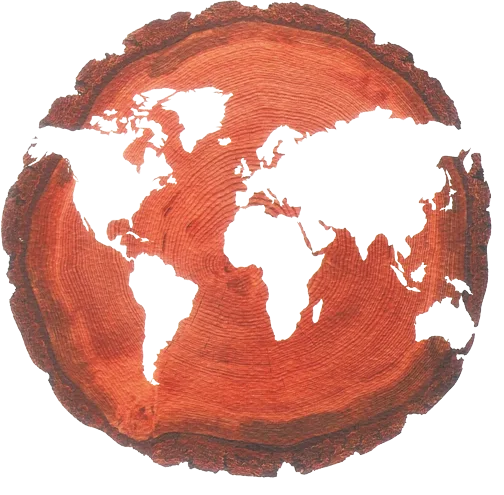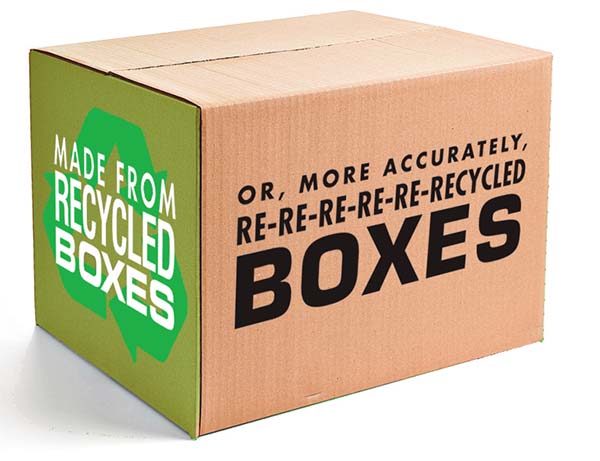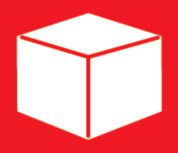The renewable resource of paper lends itself as an environmentally sound choice.
Green Ecology
Impacts the
Global Economy.

- Corrugated boxes have one of the best recovery and recycling records of any packaging material on earth. Over 80% of all manufactured corrugated is being recovered for reuse.
- Embracing friendly sustainable packaging solutions aligns squarely with our values to have a minimum impact on the planets natural ecological system.
- The recycled fluted biodegradable structure makes boxes lightweight, reducing shipping costs. The rigid construction protects the product, reduces waste, pollution, and carbon footprints.
Corrugated products are printed with water based inks, making them colorful billboards for brand identification.

It’s not just about recycled content or trees saved. It’s not just about what kind of inks or chemicals you use, or how you dispose of them. It’s not just about workplace safety or philanthropy. It’s not just about supply chain efficiencies of green initiatives.
- Modifying your packaging through changes in design and lighter material can alter the dimensions or your weight which ultimately affects freight cost, environmental emissions, and energy use.
- Specify chlorine-free paper, recycled paper or FSC certified new (virgin) papers. Learn so you can make the optimal choice for each project.
- Cut down on the number of structural elements in a mail package or master box (cube utilization)
- For offset printing specify vegetable-formulated ink or water-based flexo ink with soy based resin for printing on corrugated sheets.
- Reduce the trim size. If practical, think of ways to utilize the blank spots on the paper sheet
- Use lighter weight paper; same size- less fiber
- Develop packaging prototypes, where applicable. Conducting careful testing will help ensure the package is accurately designed for increased product protection with minimal product loss and less resource usage.
- Balance substantiality with function. Less paper, less packaging, less cost and reduces climate change.
- Design with proper knowledge of production criteria to produce an economical and sustainable product
- Ship with companies that utilize clean fuel vehicles (LNG, EV, or bio-diesel burners or hybrids) to minimize the impact of the transportation-related carbon footprint.
Wood Chip, old Corrugate and Water
Pulping & Paper Production
Reducing Carbon Footprint
Eco Design
Recoverable & Recyclable
Three of Our Substantiality Strategies
Understand risks associated with corporate responsibility
Risks associated with pollution of air, water, and land can cost money. As a corporation, mitigation of risk is a critical factor for a cost effective operation. For us, sustainability impact is not a destination, but a journey with some risks.
Understand customer expectations
Waste reduction, usage of renewable resources, making products that sustain natural resources, and environment and reduction of Green House Gases are some of the common expectations. However, understanding their emphasis and comprehensive expectations make a difference in implementing them.
Design products to meet substantiality objectives and targets
Designers play a very critical role in identifying reduction of paper during product design. Ensuring bio-mass sources materials used in packaging are made from renewable carbon-neutral resources and recyclable materials.
We use only press-ready water based inks. Any left-over ink in inventory is recycled to be reused as new black ink for printing boxes.
That is why we, the CalBox Group, have dedicated ourselves to promote substantiality initiatives utilizing state-of-the-art, low energy machines and facilities. Our employees are trained to reduce waste and our best suppliers also recycle. We are all things Green and Lean.


CalBox Group
We are part of a Better Solution.
